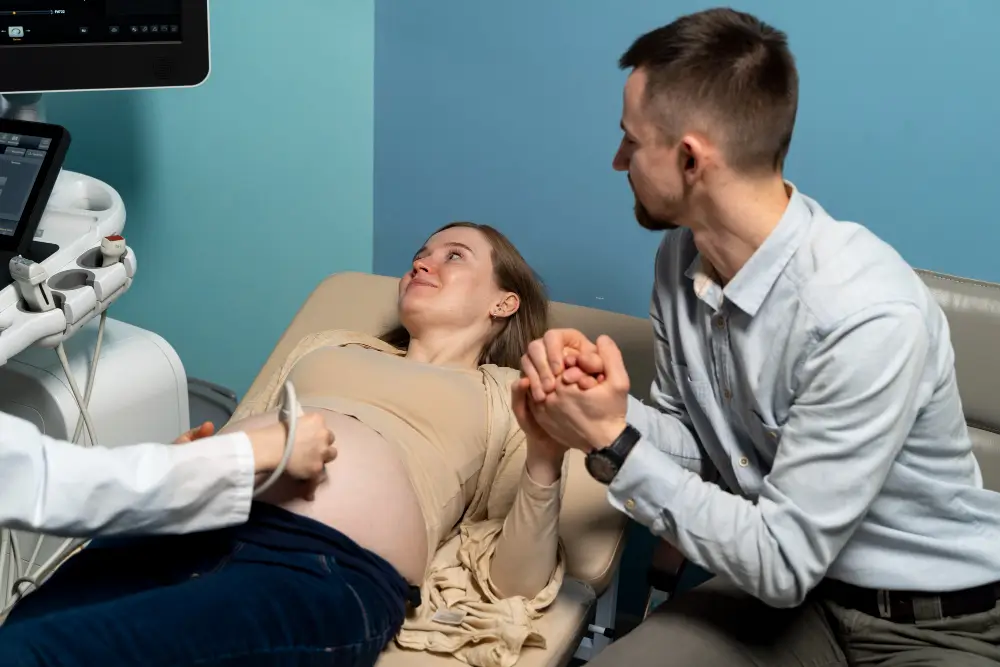
Introduction
The health and safety of the surrogate and baby depend on rigorous screening. New York’s compliance-first environment expects agencies and clinics to apply high standards across medical, psychological, and social domains. Here’s how screening works—and what great looks like.
Medical Screening
A detailed OB history, uterine assessment, labs, medication tolerance, and prior pregnancy outcomes shape risk. OB clearance confirms medical readiness.
- OB history & delivery records; prior C-sections and outcomes.
- Uterine assessment and relevant imaging.
- Baseline labs and medication contraindications.
- Lifestyle considerations and travel tolerance.
Psychological Evaluation
Third‑party reproduction requires mental‑health readiness, informed consent, and stability. Evaluation explores motivation, support systems, and expectations.
- Readiness for surrogacy and informed consent capacity.
- Expectations on communication and boundaries with IPs.
- Stress coping, resiliency, and mental‑health history.
Background & Social Review
Safety and reliability are evaluated with background checks and home‑environment review, including partner support and childcare logistics.
- Criminal and civil background checks as applicable.
- Home environment and logistics for appointments.
- Partner participation and support readiness.
OB Clearance & Ongoing Monitoring
Final OB clearance confirms medical suitability. Ongoing monitoring tracks adherence to protocol and flags issues early.
- Clear documentation of clearance and constraints.
- Monitoring plan for medications and appointments.
- Early escalation pathway for side effects or complications.
Case Study
A prior‑pregnancy surrogate with one C‑section and one vaginal delivery passed OB clearance after imaging and labs. The team addressed childcare logistics early, preventing late‑cycle cancellations. She delivered a healthy baby at term with no complications.
Testimonials
- “Screening was thorough but respectful—I felt safe and supported.” — L., Buffalo
- “As IPs, the clarity around OB clearance gave us peace of mind.” — R.&T., NYC
- “The psychological evaluation aligned expectations early, which helped our match.” — K.&E., Long Island
Internal Linking Suggestions
Patients Medical – Wellness & Fertility
FAQs
Q. Can someone be a surrogate after a C‑section?
Ans : Yes, many surrogates have prior C‑sections. OB review will assess scar integrity and overall risk.
Q. What disqualifies a surrogate?
Ans : Uncontrolled medical conditions, certain psychiatric histories, substance use, or unstable social supports can disqualify candidates.
Q. How long does screening take?
Ans : Typically 4–8 weeks if records are complete and appointments are well‑coordinated.

Dr. Kulsoom Baloch
Dr. Kulsoom Baloch is a dedicated donor coordinator at Egg Donors, leveraging her extensive background in medicine and public health. She holds an MBBS from Ziauddin University, Pakistan, and an MPH from Hofstra University, New York. With three years of clinical experience at prominent hospitals in Karachi, Pakistan, Dr. Baloch has honed her skills in patient care and medical research.





